Central Venous Catheter
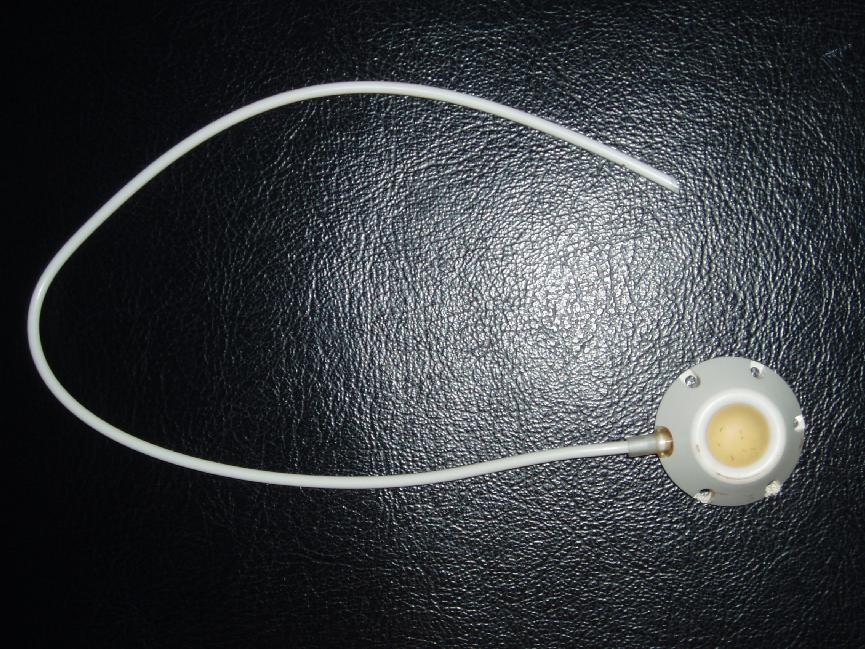
Overview Definition Central venous catheters are IV catheters inserted into the large central veins that are directly joining the superior or inferior venae cavae. Indications Considerations before insertion Adequate maintenance Central Venous Catheter Insertion The central veins are accessed percutaneously under local anesthesia. Bedside ultrasound guidance can be used and is recommended particularly for internal […]
Postoperative Care
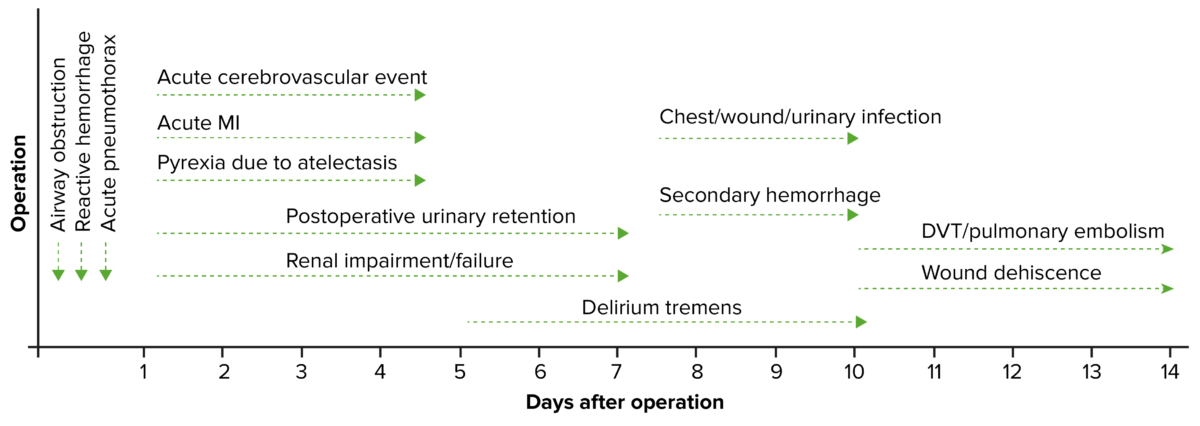
Recovery Room The recovery room is reserved for patients in the immediate postoperative period who have received general anesthesia. Observation usually lasts 6 hours (until they are conscious and their vital signs are stable). Monitoring airway, breathing, and circulation (the ABCs) and vital signs Other activities in the recovery room Surgical Ward The patient is […]
Surgical Instruments and Sutures
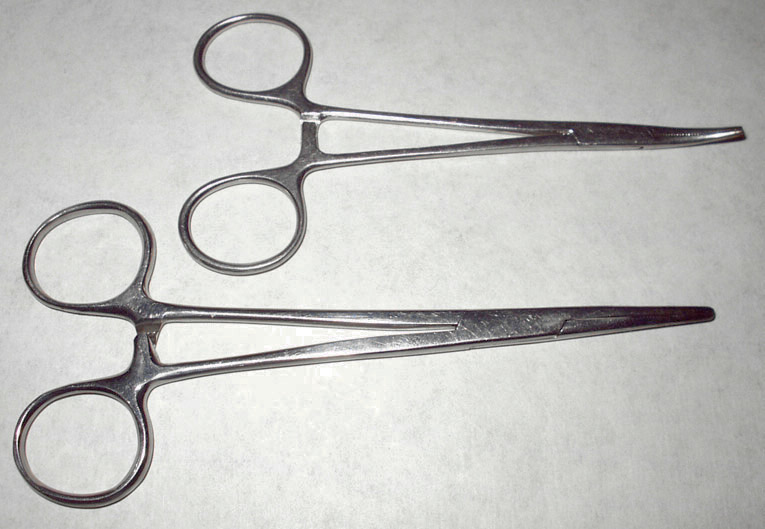
Sutures and Needles Suturing, also known as “stitching,” is a surgical maneuver carried out with the intent of joining together 2 selected tissues. For this purpose, the use of a needle and thread has proven to be the most cost-effective method up to modern times. Mechanical sutures (i.e., staples) are also available but are more […]
Abdominal Hernias
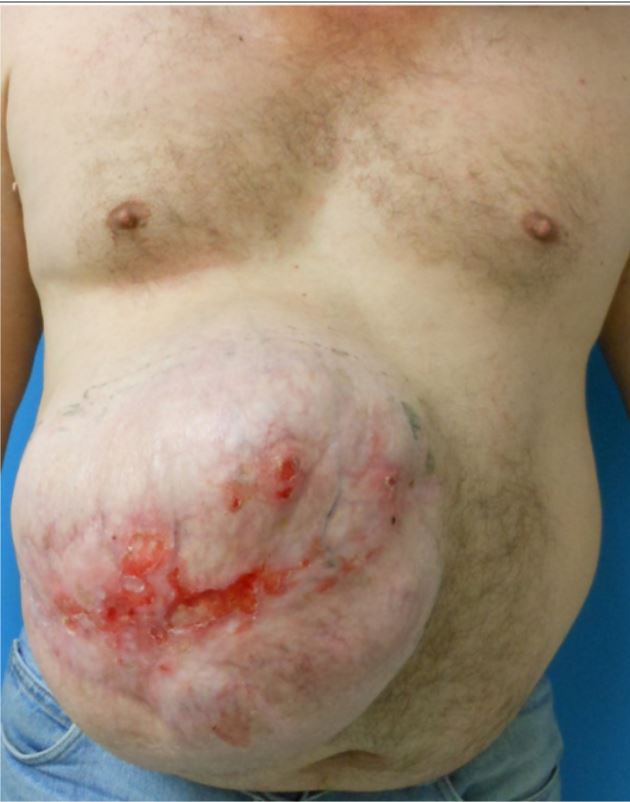
Overview Definition A hernia is an abnormal protrusion of the abdominal contents through a weakness or defect along the wall of the abdomen. Hernias can be congenital or acquired. Epidemiology Etiology Pathophysiology Anatomic classification Various types of abdominal wall hernias can be defined by anatomic location: Ventral Hernias Definition Ventral hernias occur through a weakness […]
Preoperative Care
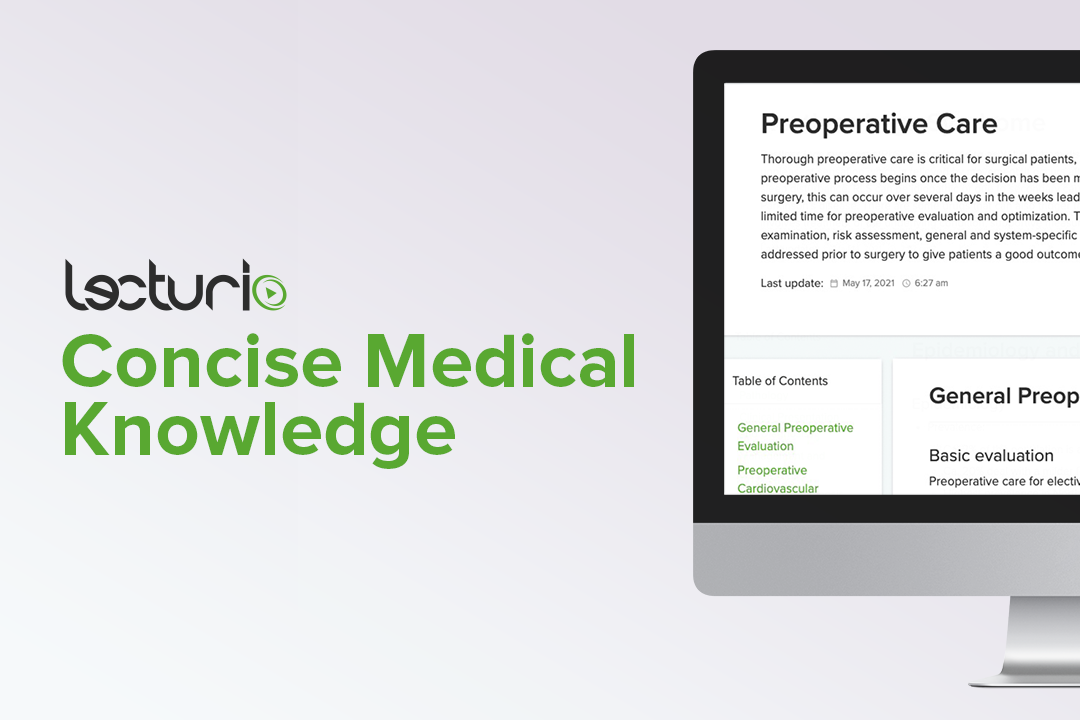
General Preoperative Evaluation Basic evaluation Preoperative care for elective surgical procedures is conducted in the outpatient setting. Goals of the interview: Medical history with emphasis on: Physical examination: Additional studies: Screening Most healthy patients do not need additional preoperative evaluation. The goal of screening is to identify patients with risk factors who may benefit from […]
Cholecystectomy
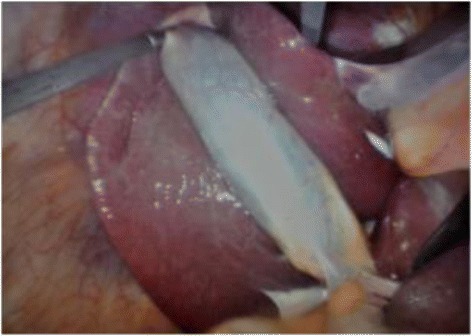
Definition and Surgical Anatomy Definition Cholecystectomy is the surgical removal of the gallbladder, which can be performed using either an open or a laparoscopic method. Anatomy Gallbladder: Biliary tree: Calot’s (hepatobiliary) triangle: Anatomic variants Indications and Contraindications Indications Contraindications Procedure The goal of surgical treatment is to remove the gallbladder and the stones it contains, […]
Thoracic Surgery
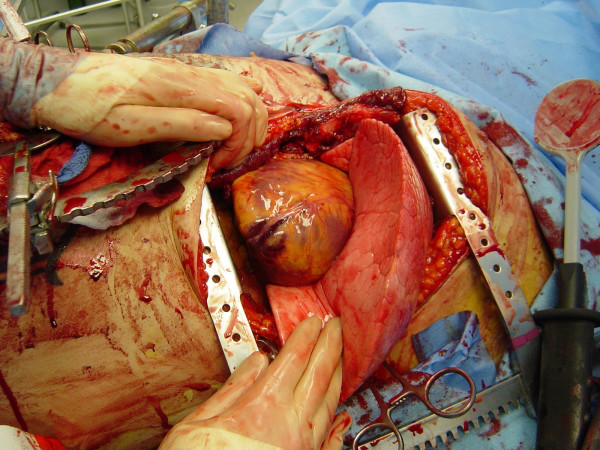
Surgical Anatomy It is important to review the anatomy of the chest wall in order to more easily avoid the important vascular and nervous components as well as to locate the appropriate entry points during surgical interventions. Surface anatomy landmarks Layers of the chest wall Neurovasculature of the chest wall Chest Tube Placement (Tube Thoracostomy) […]
Acute Abdomen
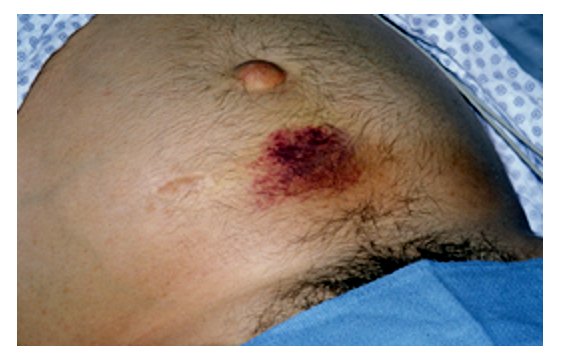
Overview Definition Acute abdomen is the constellation of signs and symptoms associated with severe abdominal pain and peritonitis that frequently requires emergency surgical intervention. Epidemiology Etiology Nonsurgical causes of acute abdomen: Surgical causes of acute abdomen: Anatomy Boundaries of the abdominal cavity External anatomy For descriptive purposes, the abdomen can be divided into 4 quadrants […]
Bariatric Surgery
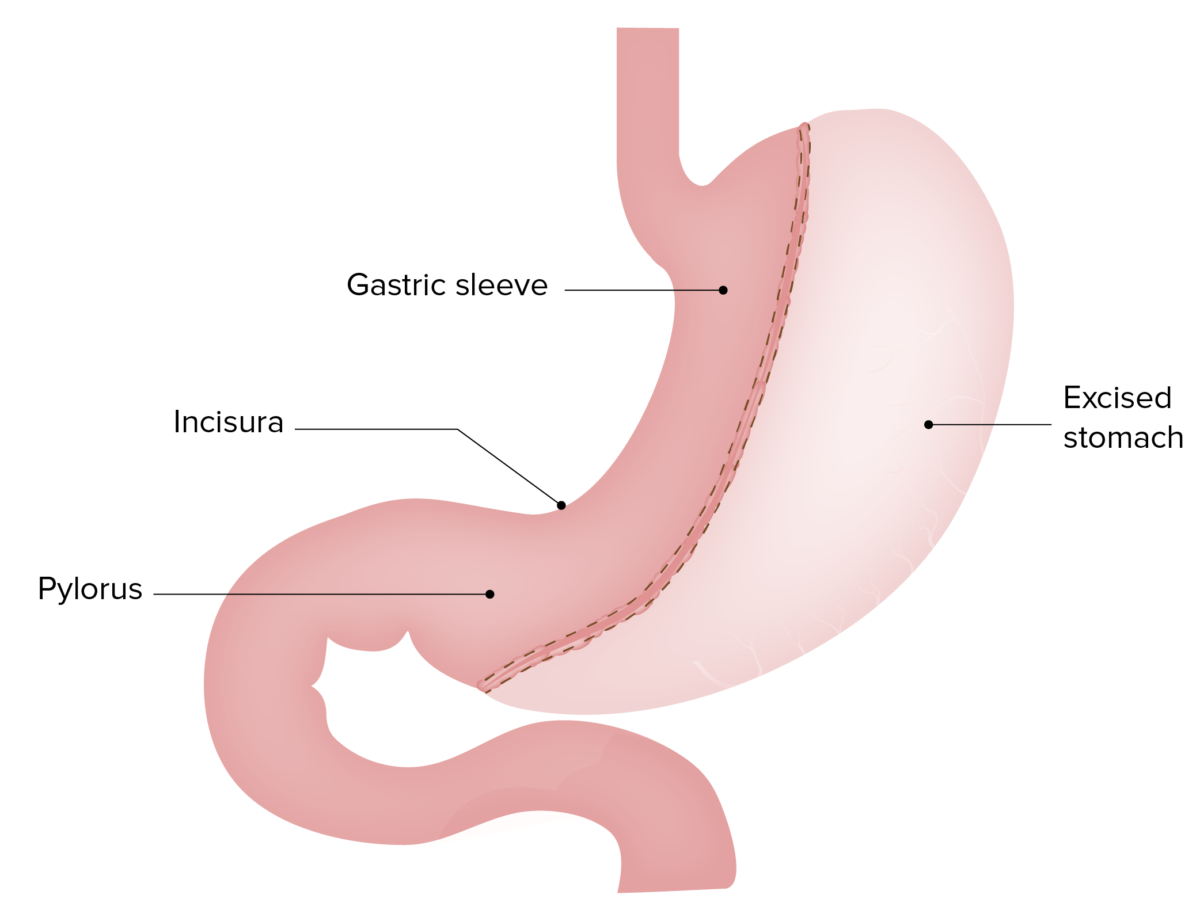
Surgical Anatomy Definition Bariatric surgery is a group of invasive procedures that can be used to either surgically reduce the size of the stomach or reroute the intestines with the ultimate goal of drastic weight loss by restricting food intake or altering the absorption of food. Anatomy It is important to review the anatomy of […]
Appendectomy
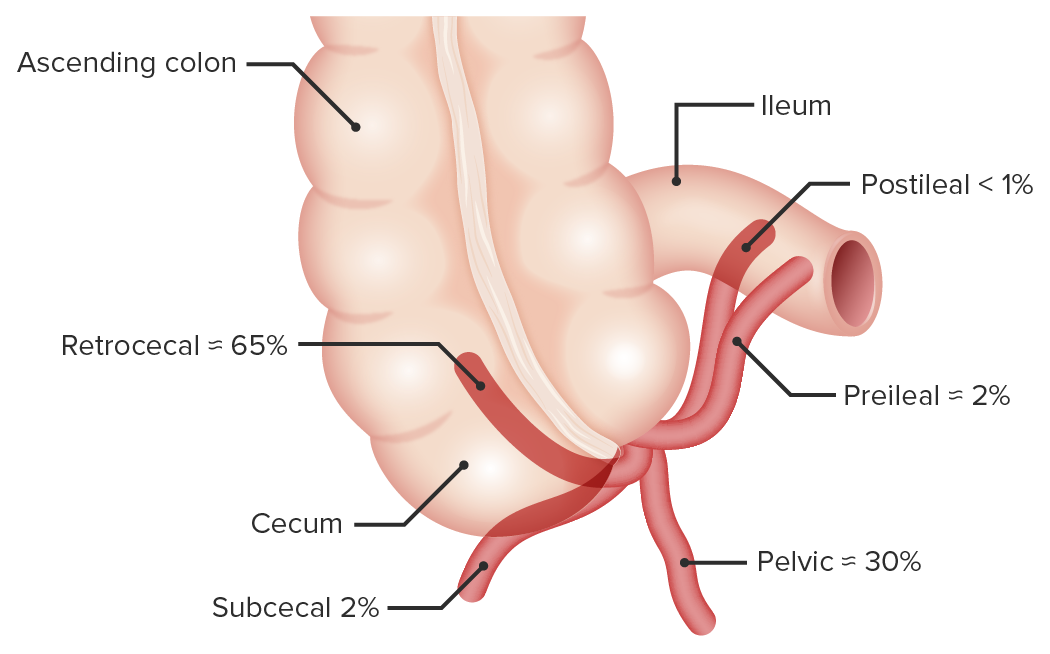
Surgical Anatomy Definition Appendectomy refers to surgical removal of the vermiform appendix. Embryology A review of the development of the abdominal organs is important in order to understand the location of the appendix within the abdominal cavity and its possible variants. Anatomy A review of the anatomy of the colon is important in order to […]